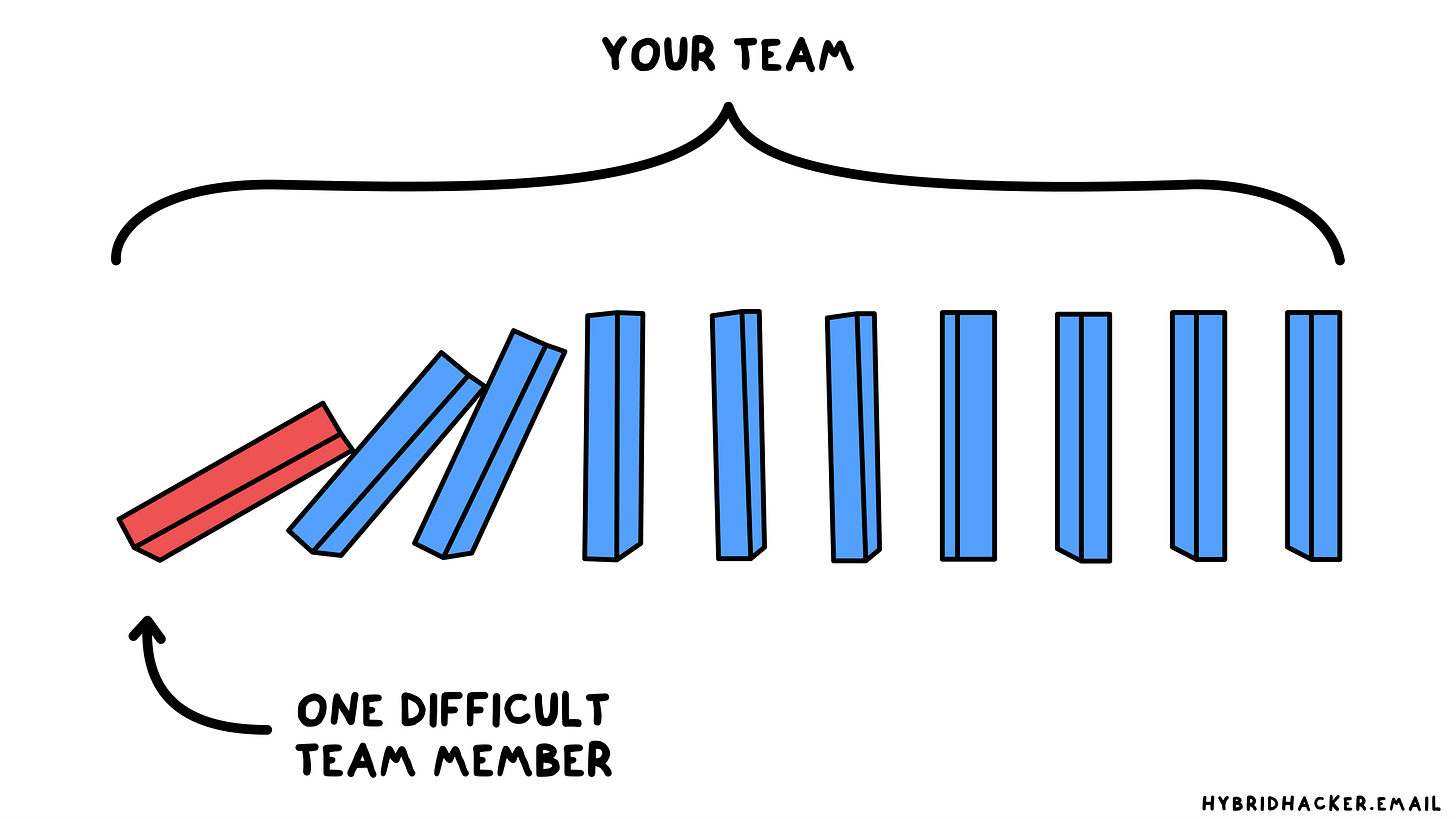How to Deal with Difficult People as a Manager
Understanding and Overcoming Challenges - A Manager's Perspective on Dealing with Difficult People
Managing people is a complex and multifaceted skill that requires a mix of innate abilities, learned traits, and accumulated experience. Throughout one's career, numerous challenges may arise, and among the most significant is working with difficult people.
Avoiding difficult people begins with a good hiring process; however, when hiring many individuals, encountering tough personalities is inevitable.
In my career as a team leader and after hiring more than 50 people in recent years, I must admit I was lucky enough to work mostly with exceptional individuals. But from time to time, I also had to deal with difficult ones.
In this essay, I'm going to discuss the best approaches to address this kind of issues, drawing from established leadership theories and various experiences. By recognizing and understanding the motives and behavior of difficult individuals, working to address issues with them, and dealing with conflicts, a leader can effectively manage challenging team members and create a supportive and productive work environment.
🔎 Recognizing Difficult People
Leaders or managers are sometimes so busy and focused on making their teams productive that they struggle to recognize difficult people until it's too late to address or mitigate their behaviors.
That's why the first and most important step in dealing with tough individuals is to recognize them. There are no secret recipes or frameworks to follow; it's all about experience. Here are a few suggestions from my own.
Don’t skip 1-on-1 meetings, as this is where people tend to reveal their true selves. Having regular 1-on-1 meetings helps maintain a connection with your team members, especially new hires, where surprises are more likely to occur.
Use 360-degree anonymous feedback. In my experience, this is where difficult people tend to surface. Although the feedback is anonymous, you can at least become aware of the problem's existence.


